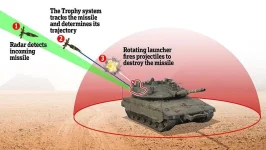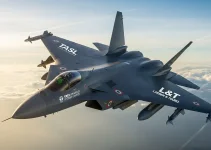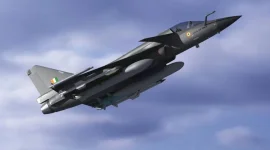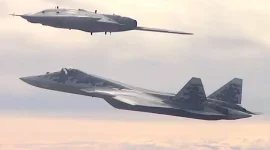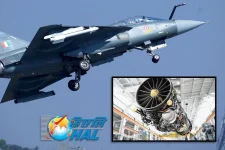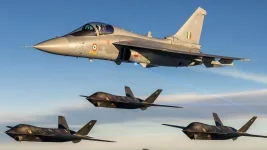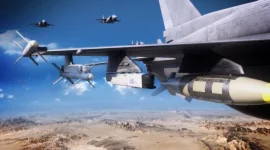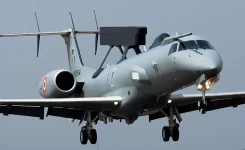- Views: 534
- Replies: 45
The Indian Air Force (IAF) has recommended the urgent acquisition of approximately 60 fifth-generation fighter aircraft to counter growing and advanced aerial threats from China and Pakistan.
According to senior officials, this proposed procurement of at least three squadrons is considered a critical interim measure to ensure India maintains a combat edge in the region.
This move comes as India’s Ministry of Defence (MoD) is reportedly considering offers for two of the world's leading stealth fighters: the American-made Lockheed Martin F-35 Lightning II and Russia's Sukhoi Su-57 Felon.
While detailed negotiations are being handled directly by the MoD, a final decision on the multi-billion dollar deal is anticipated by 2026.
The procurement is seen as essential to bridge a critical capability gap until India's indigenous Advanced Medium Combat Aircraft (AMCA) is operational.
The primary driver for this urgent recommendation is the evolving security landscape, particularly the strategic alignment between China and Pakistan.
China has already inducted over 200 of its J-20 ‘Mighty Dragon’ stealth fighters, which are armed with long-range PL-15 missiles capable of hitting targets between 200 and 300 kilometres away.
Concurrently, Pakistan is modernising its air force with aircraft like the J-10CE, also equipped with the export version of the PL-15 missile. This creates a potential two-front challenge for India’s air defence network.
Defence experts have also pointed to emerging threats like high-altitude drone swarms, which are designed to overwhelm and deplete an adversary's missile defences.
A modern fifth-generation fighter provides an effective counter through a combination of key technologies: low-observable (stealth) characteristics to evade radar, supercruise ability to fly at supersonic speeds without using fuel-intensive afterburners, and advanced networked warfare capabilities to dominate the battlespace.
A senior IAF official confirmed that the proposed 60 jets would serve as a vital "stopgap" until the home-grown AMCA project comes to fruition.
The AMCA, being developed by the Aeronautical Development Agency (ADA), is envisioned as a 5.5-generation platform and is a cornerstone of India's long-term air power strategy.
However, with the aircraft still in its design and early development phase, its induction into service is not expected before 2035. The Cabinet Committee on Security (CCS) recently approved the initial development phase of the AMCA, but mass production remains over a decade away.
While the IAF's current fleet includes formidable 4.5-generation aircraft like the 36 Dassault Rafales (equipped with Meteor missiles) and over 270 Sukhoi Su-30MKIs, it lacks a true stealth fighter.
The acquisition of a proven foreign platform would provide the IAF with a much-needed stealth capability to counter high-threat environments and maintain air superiority in the Indian Ocean Region.

